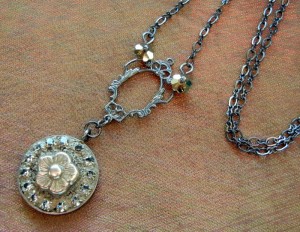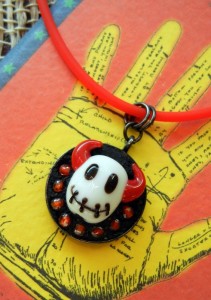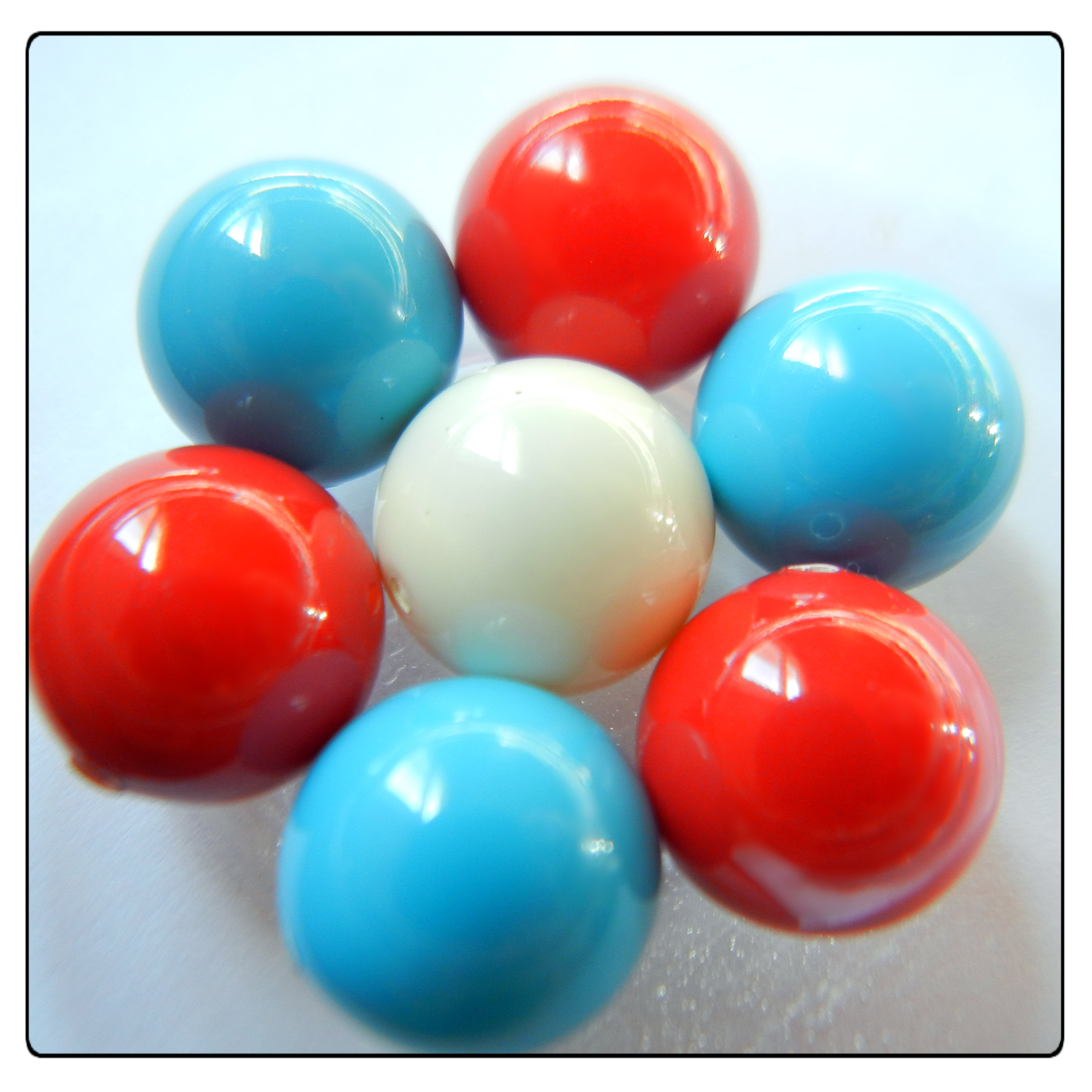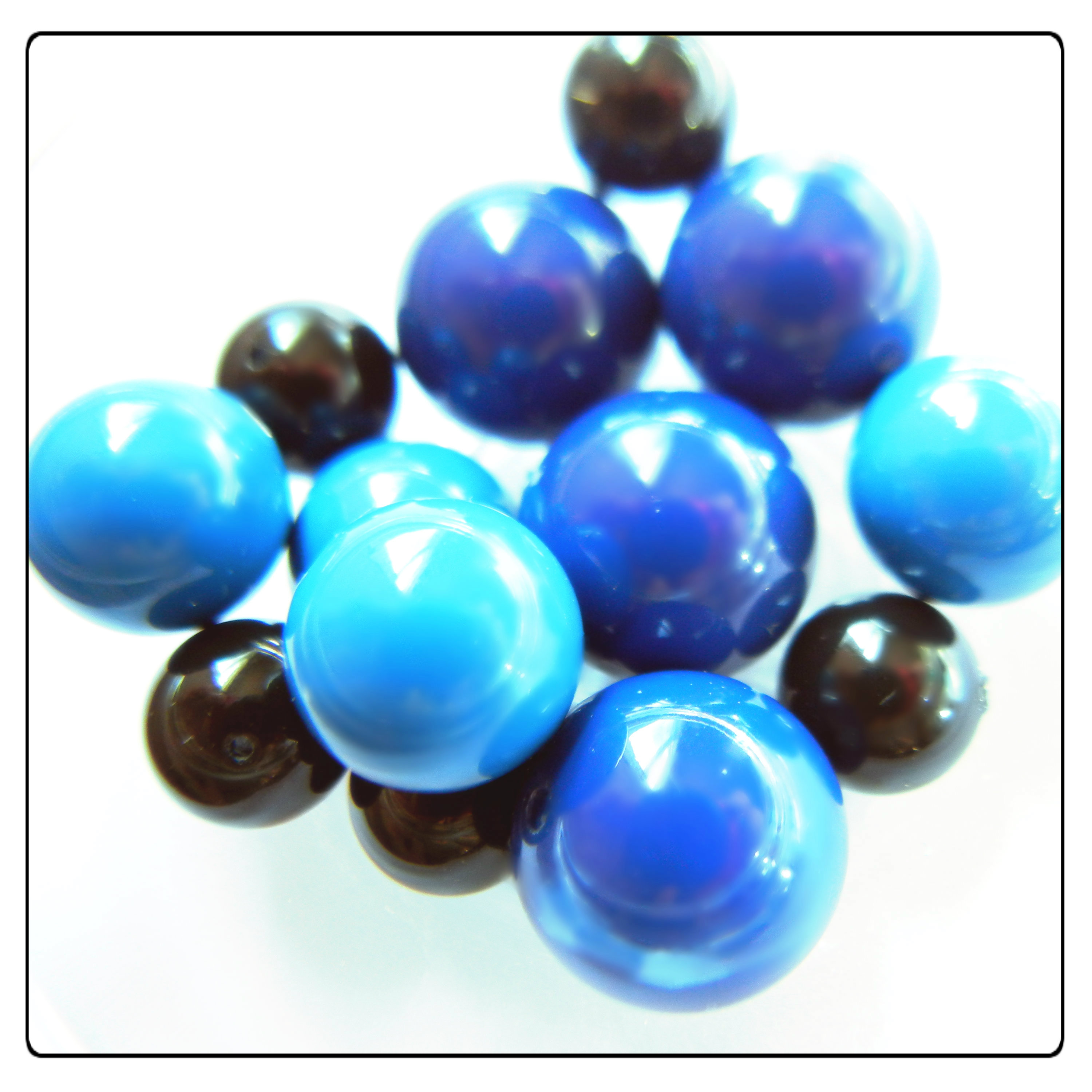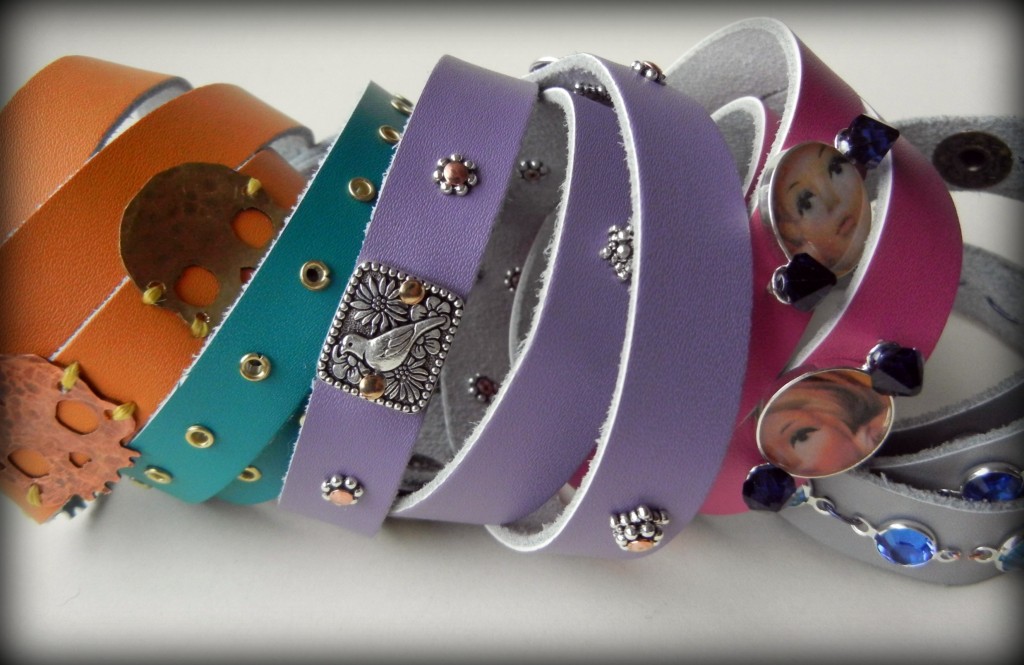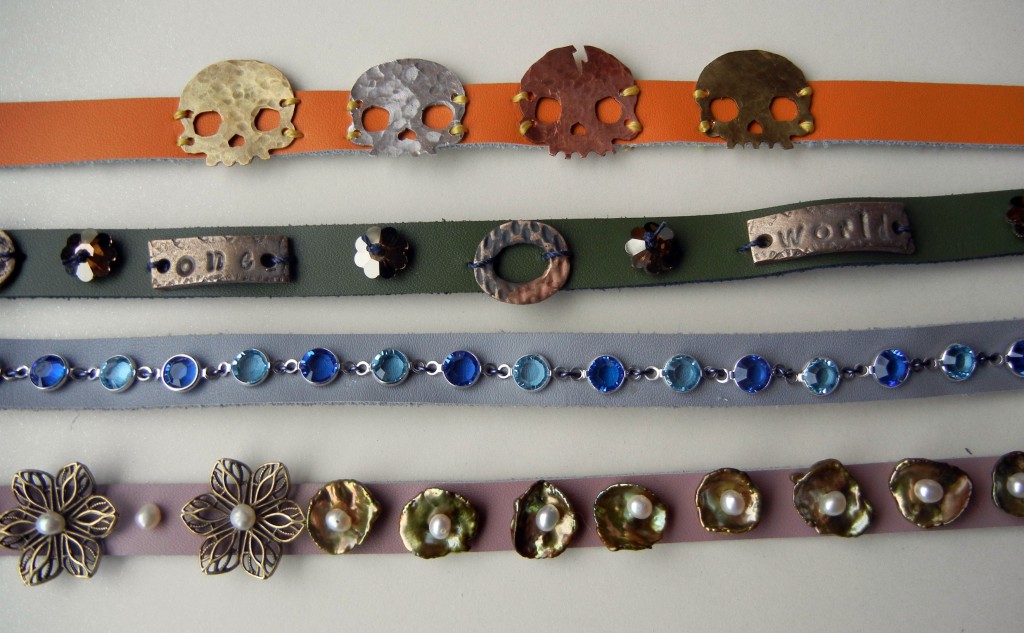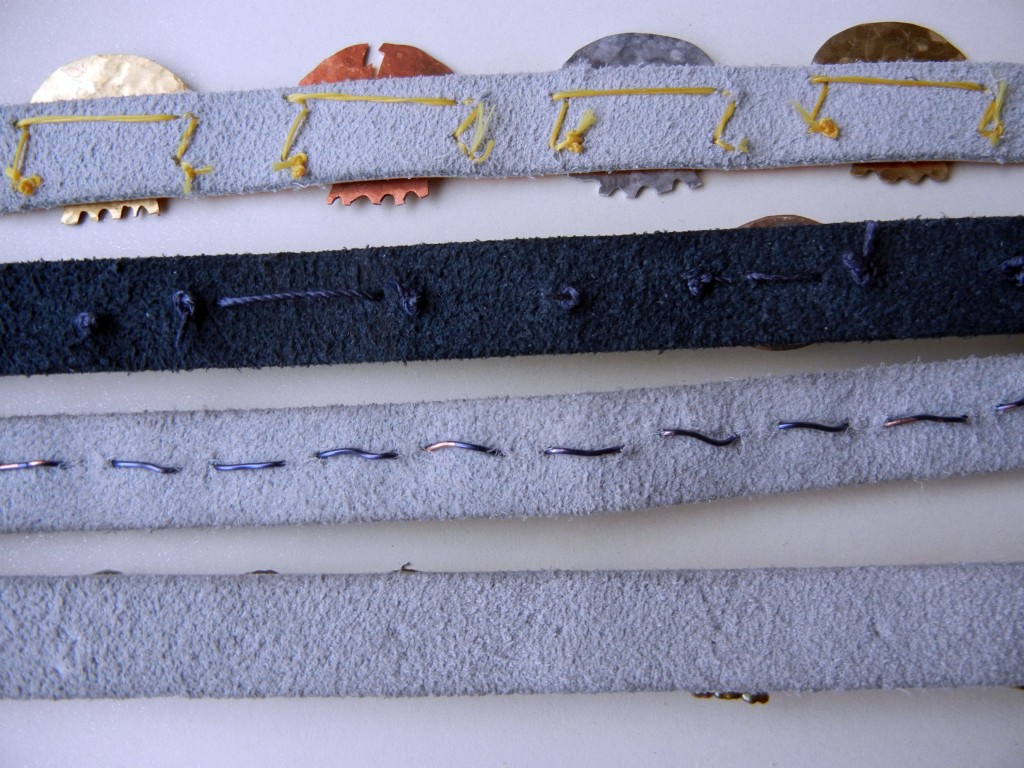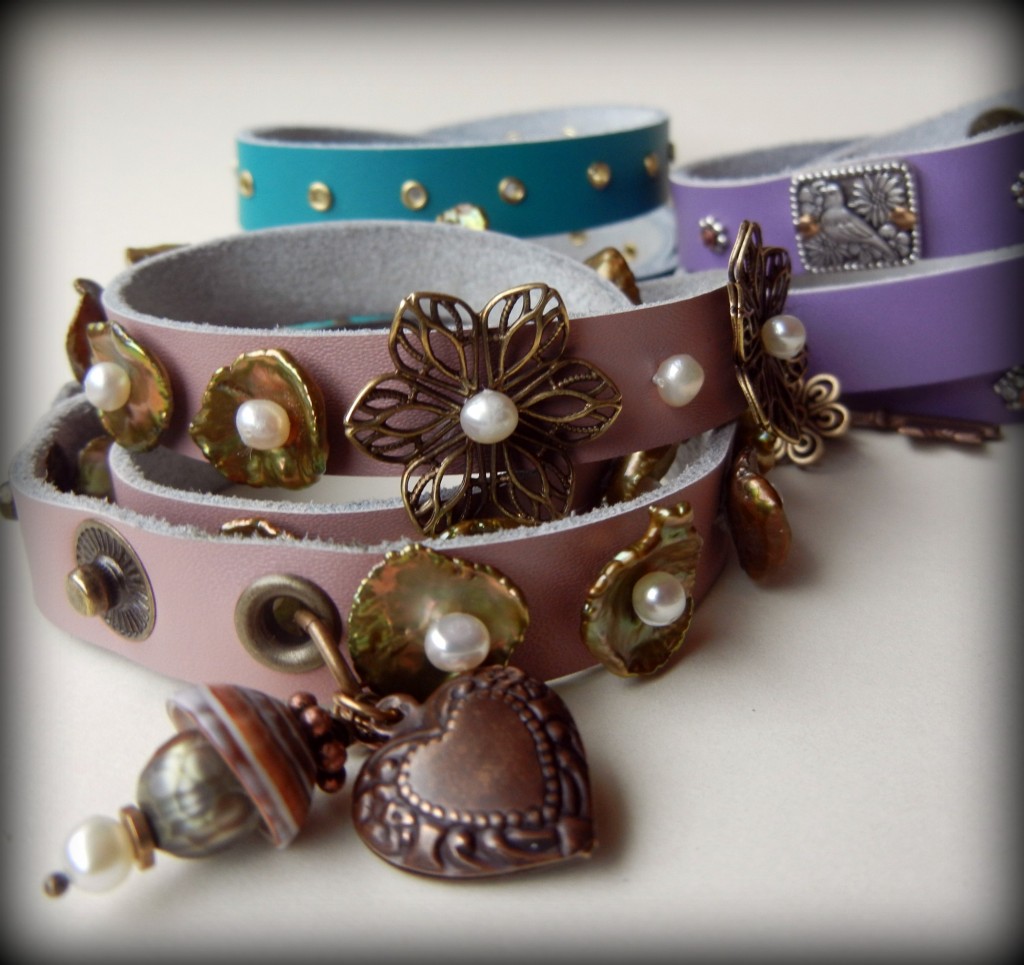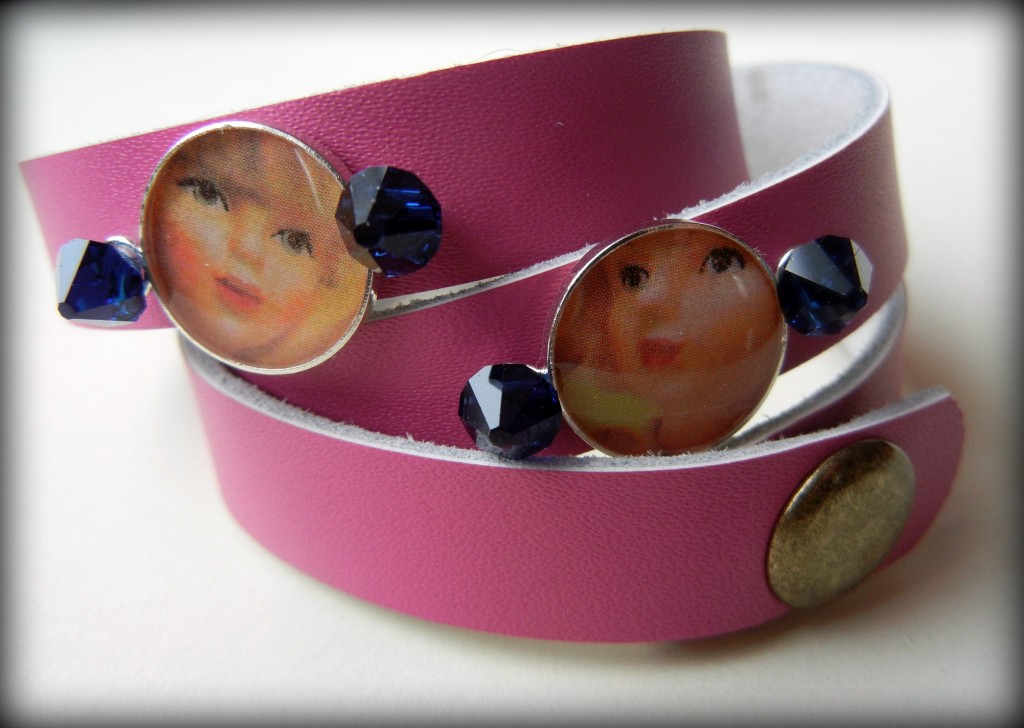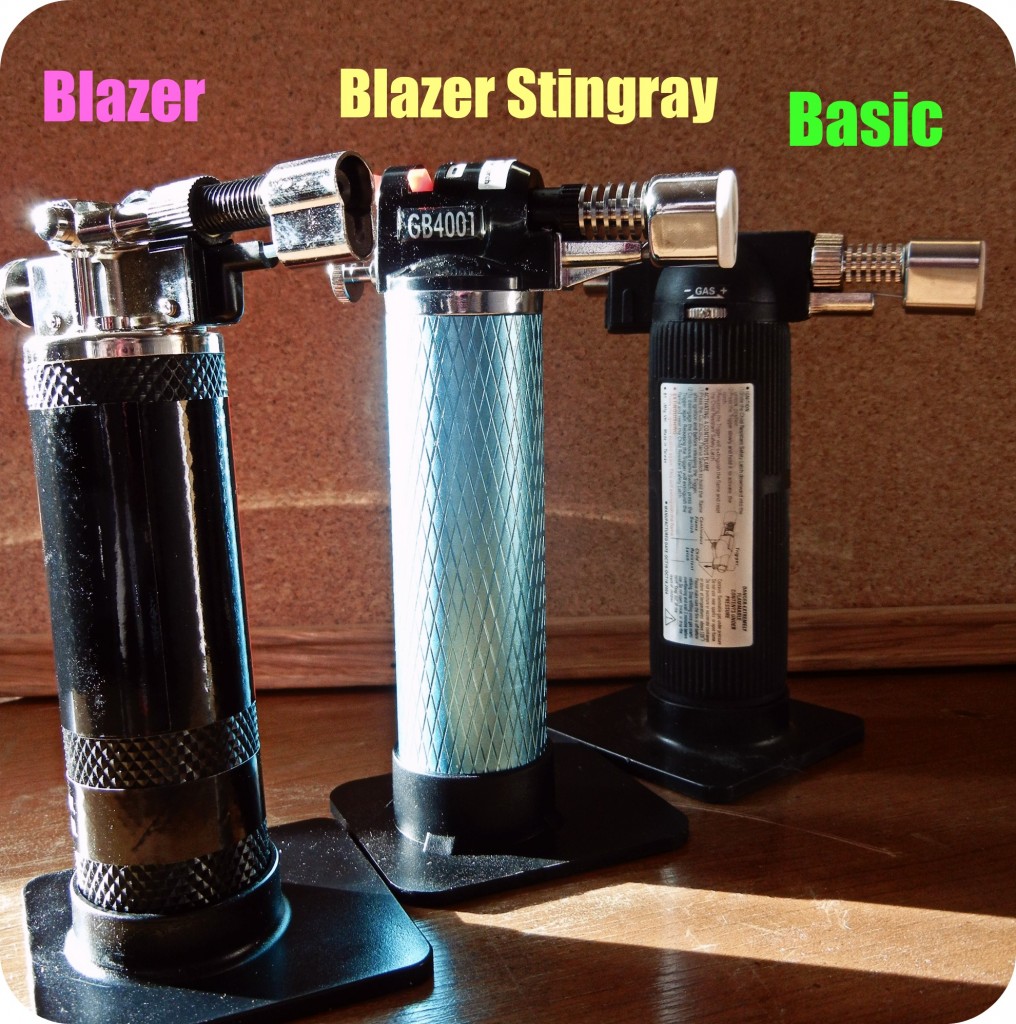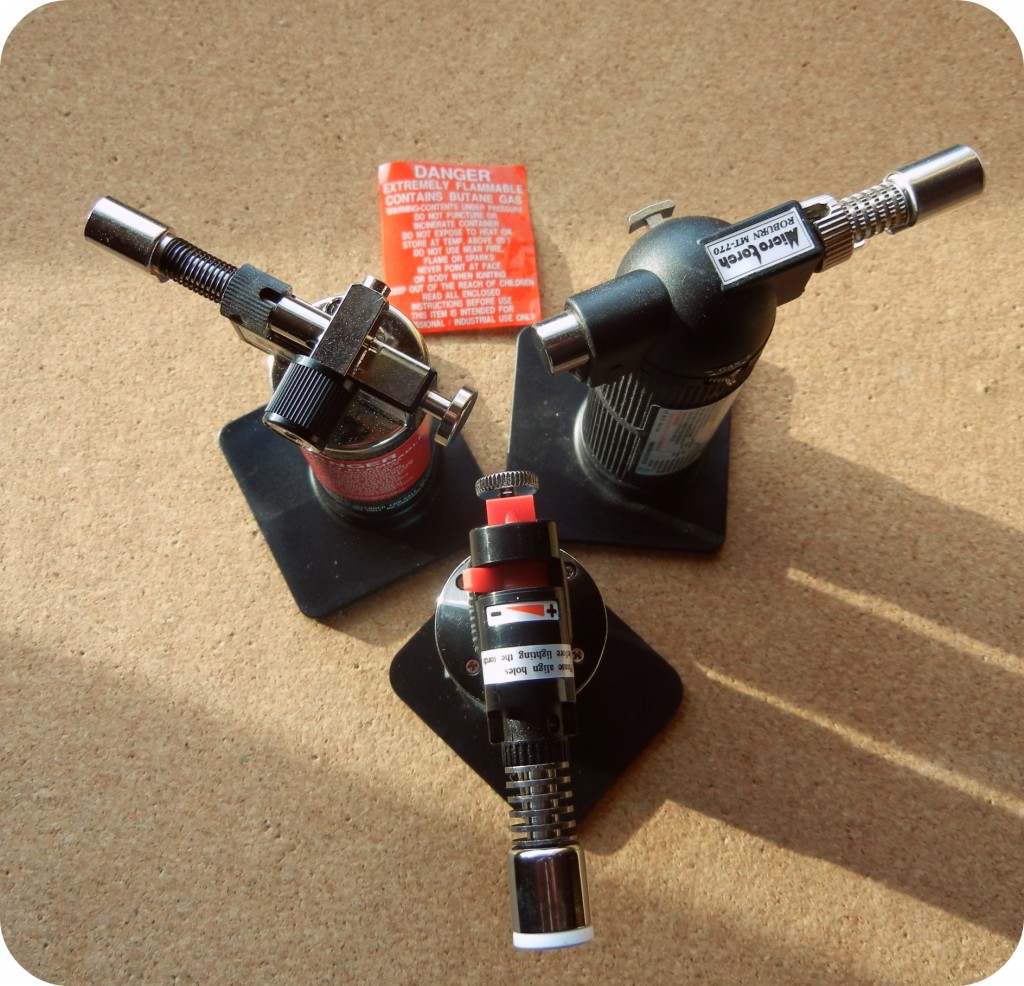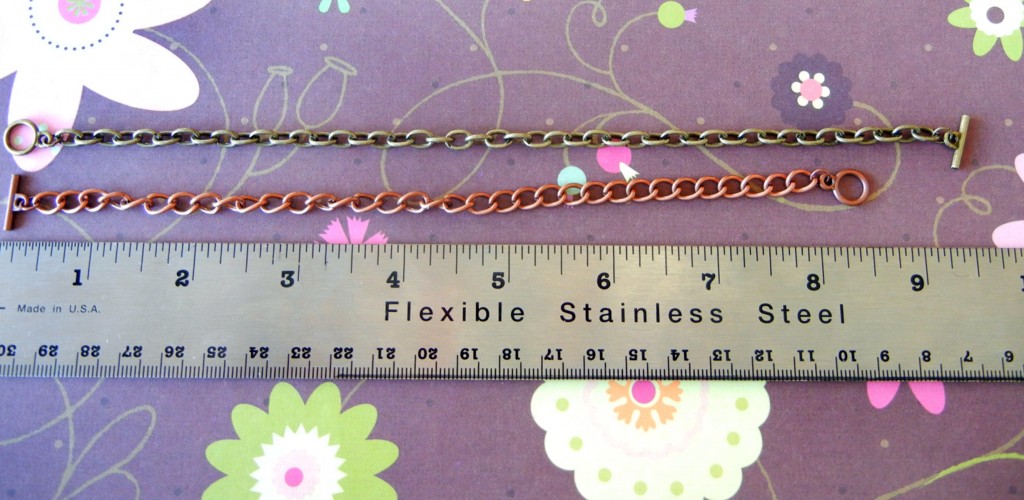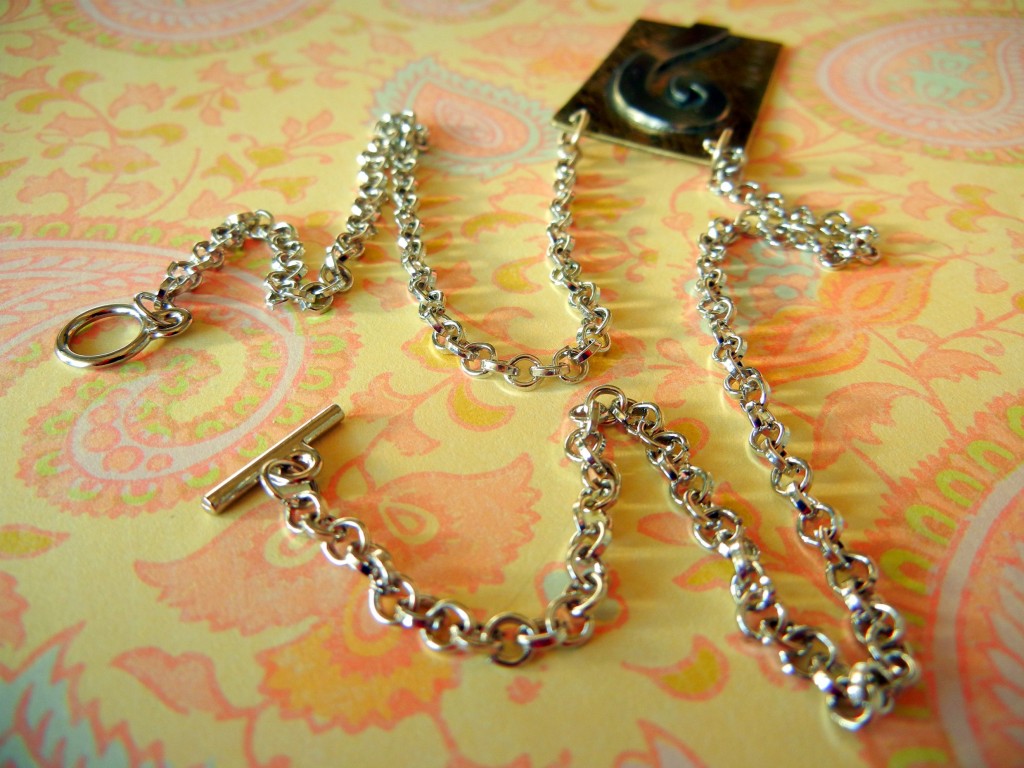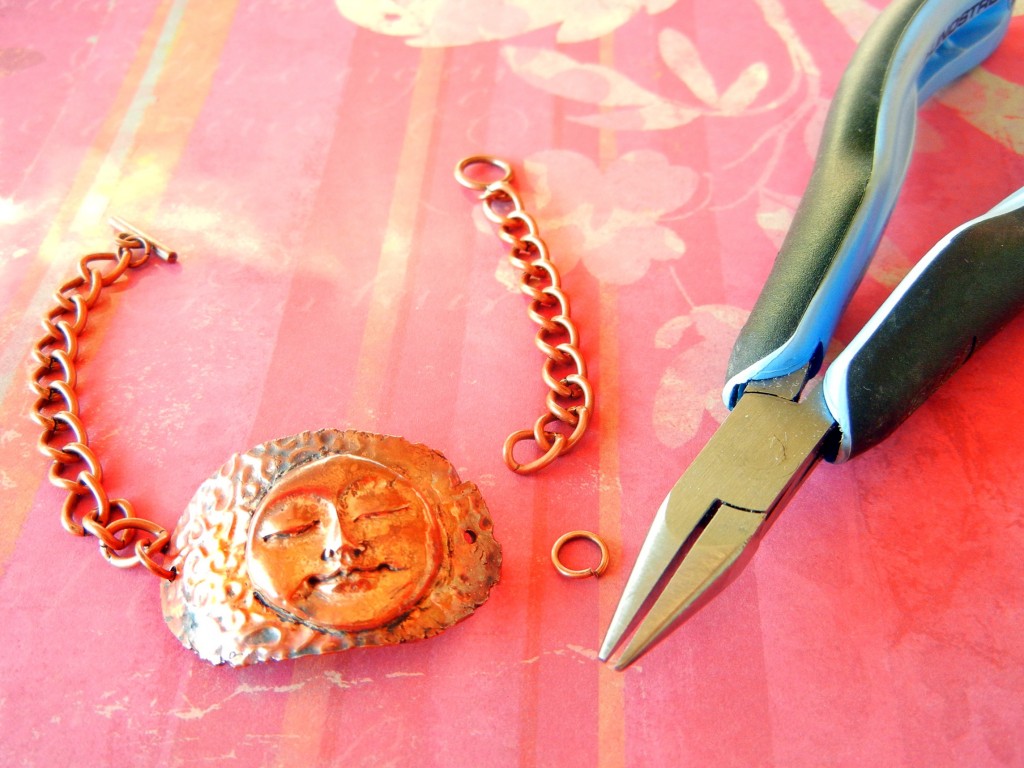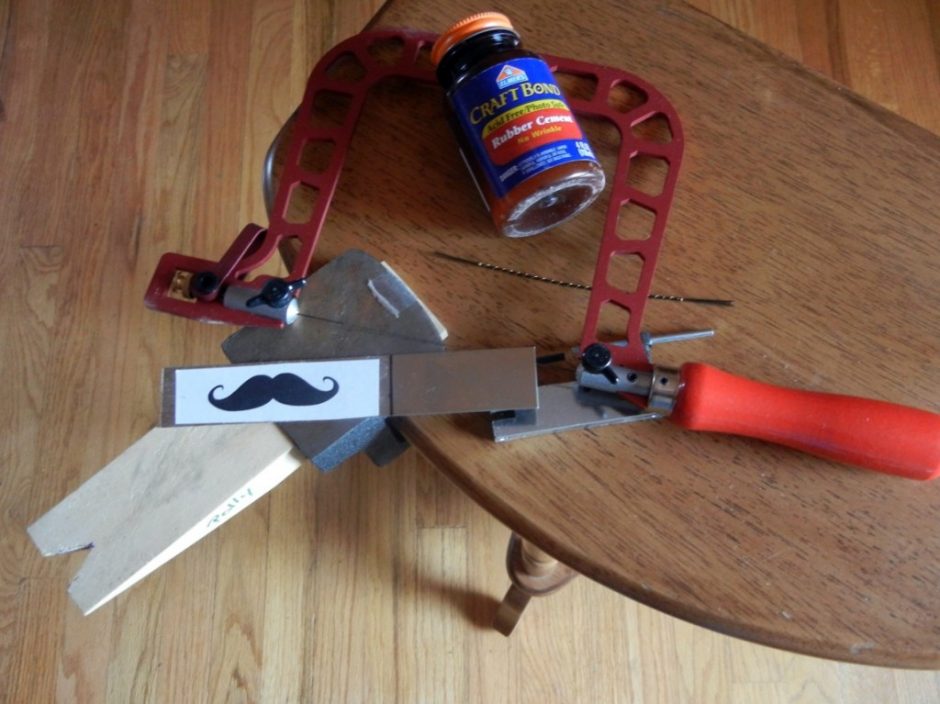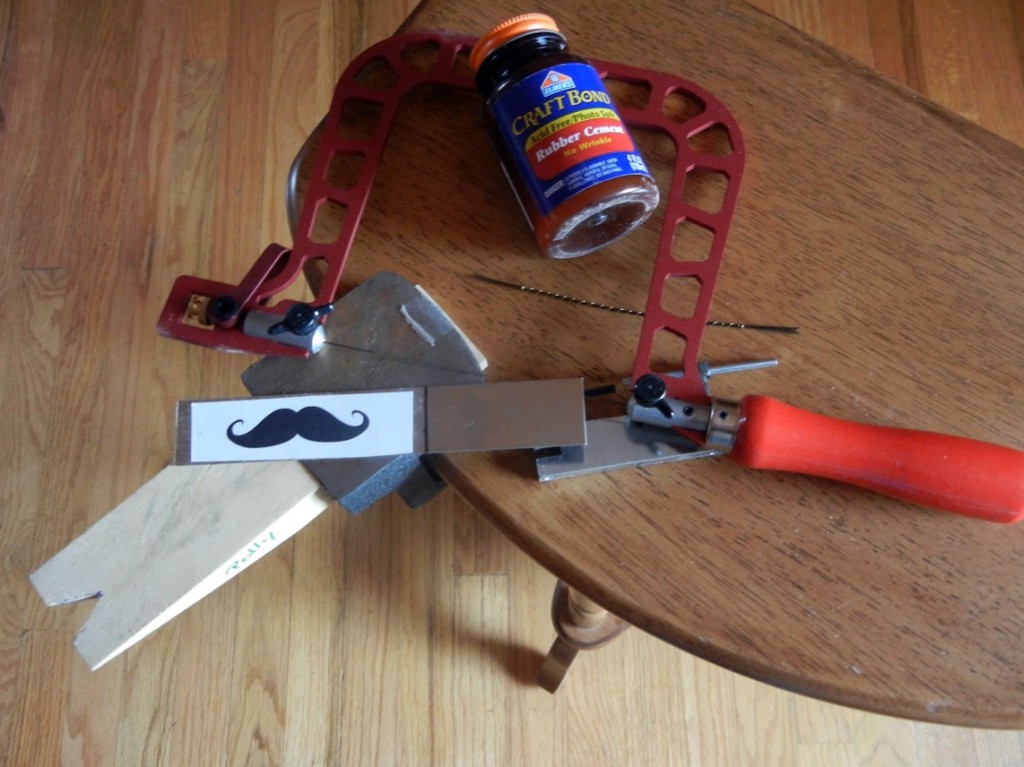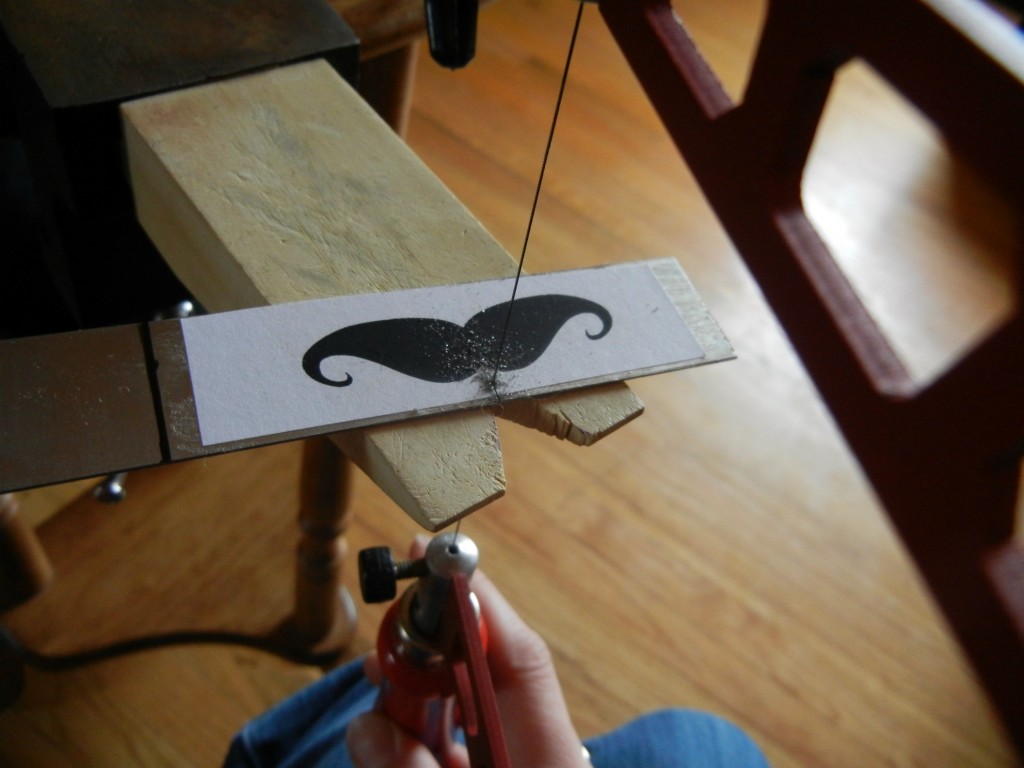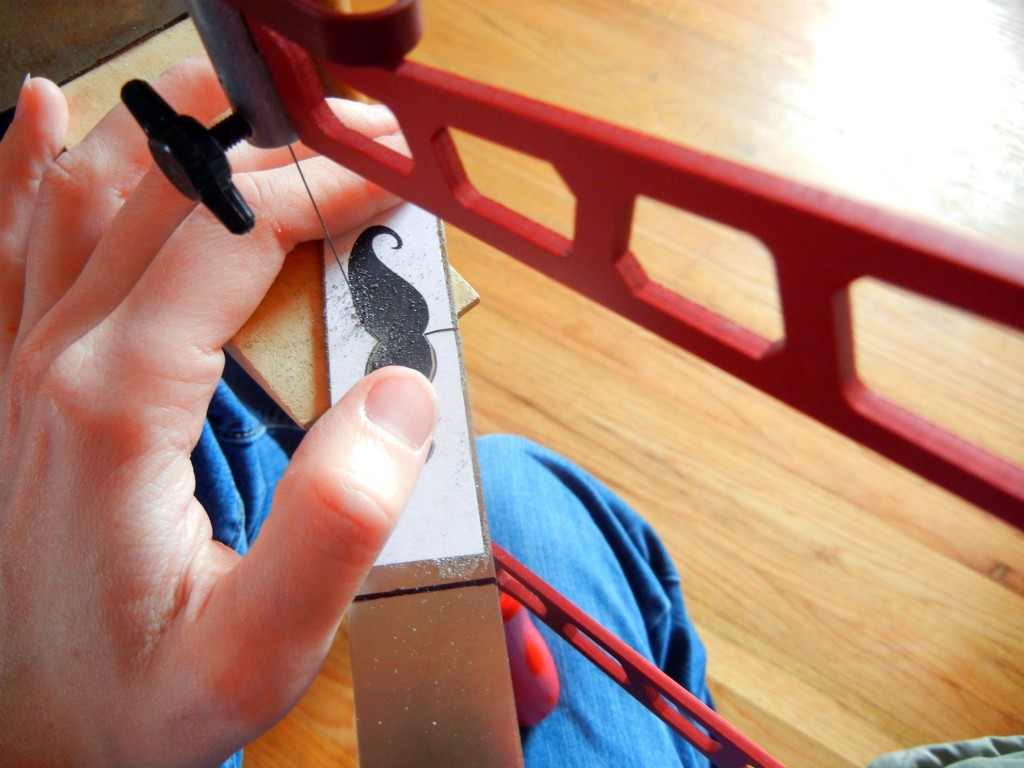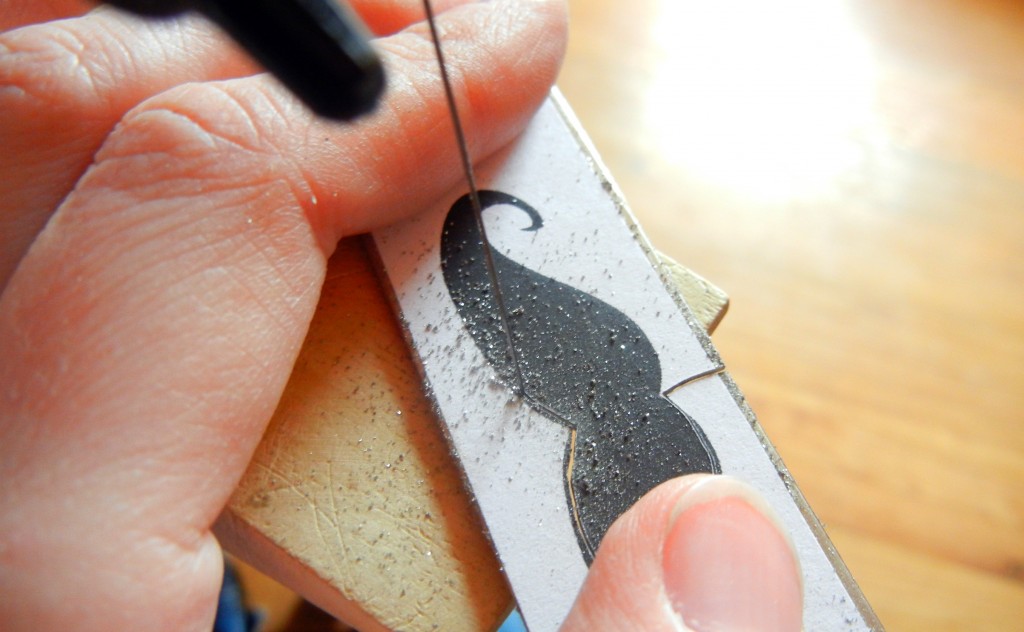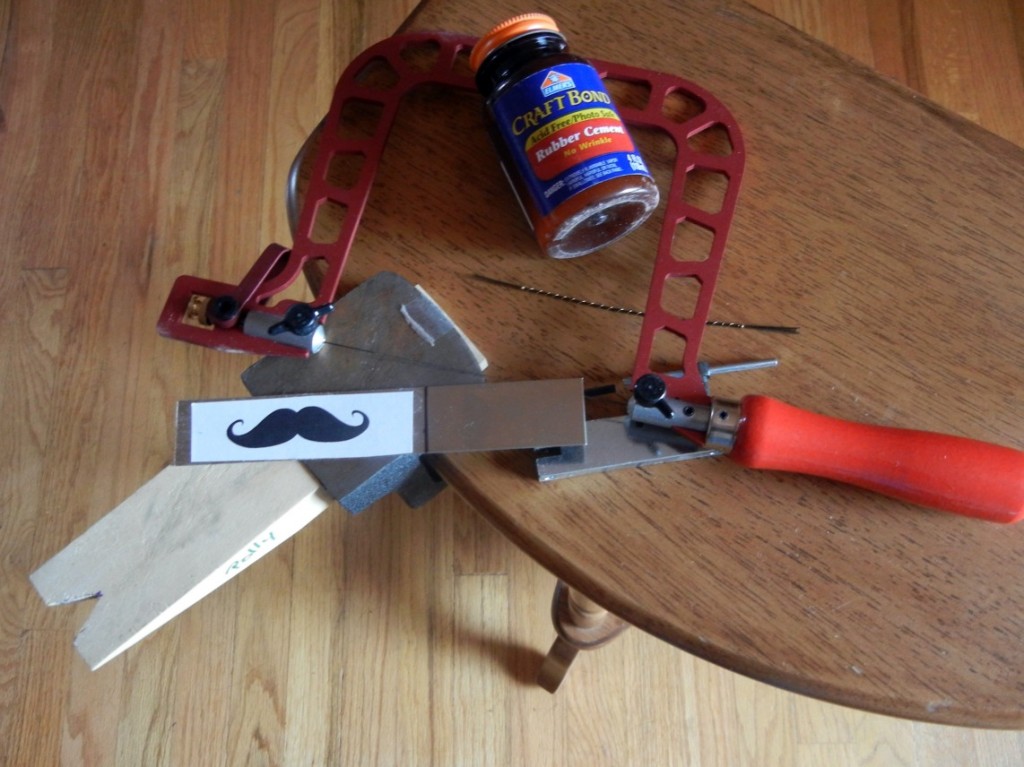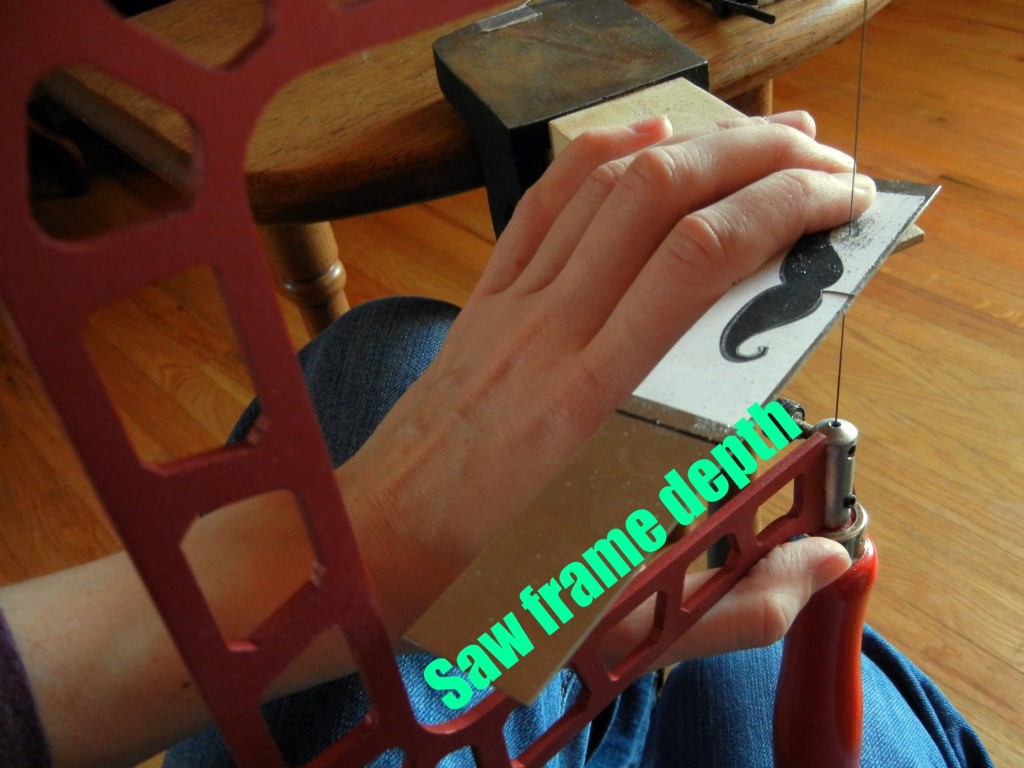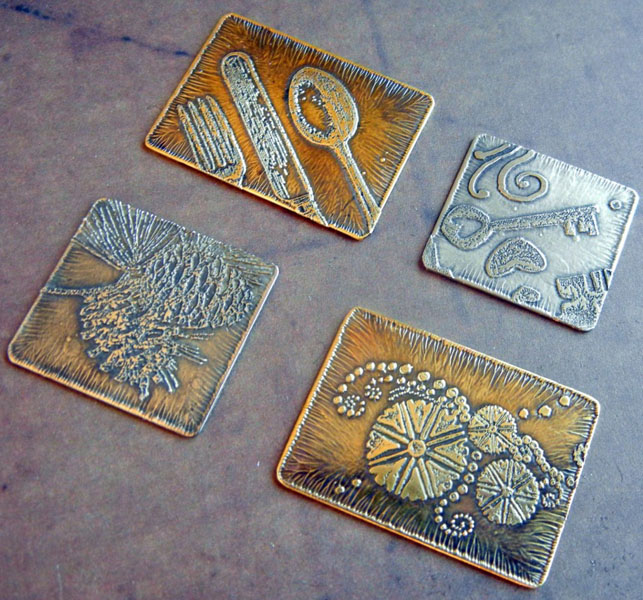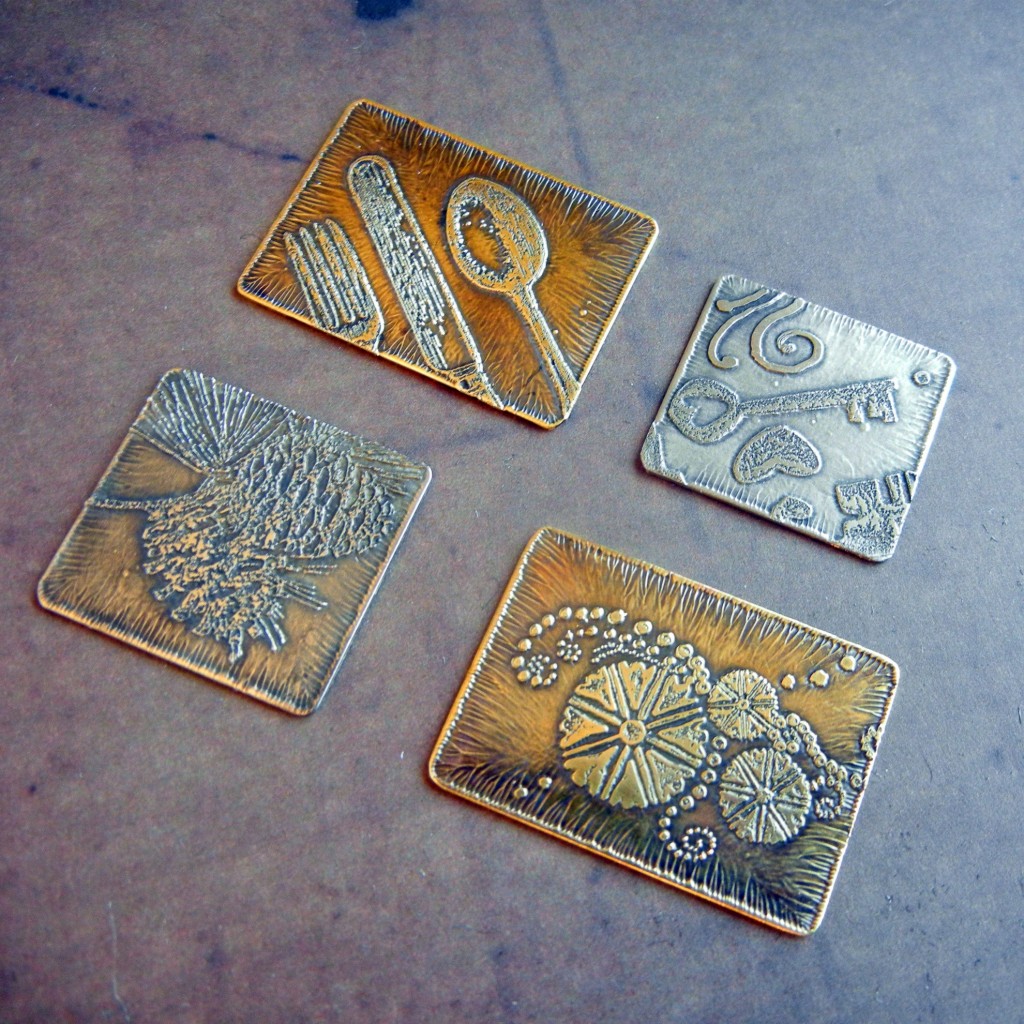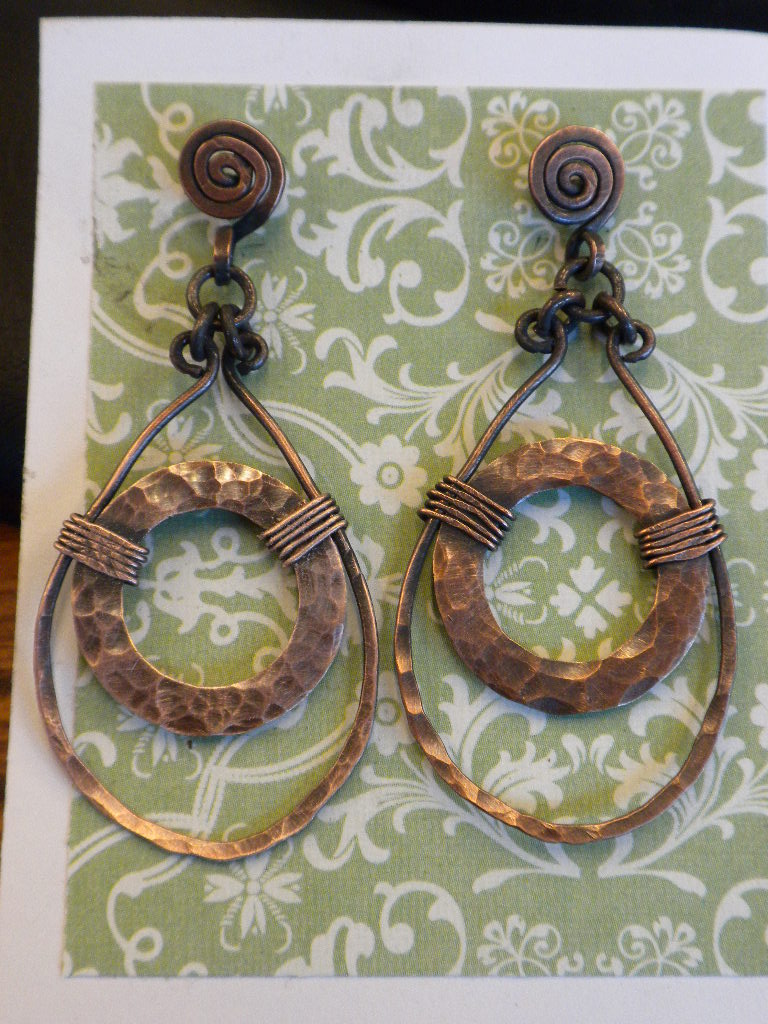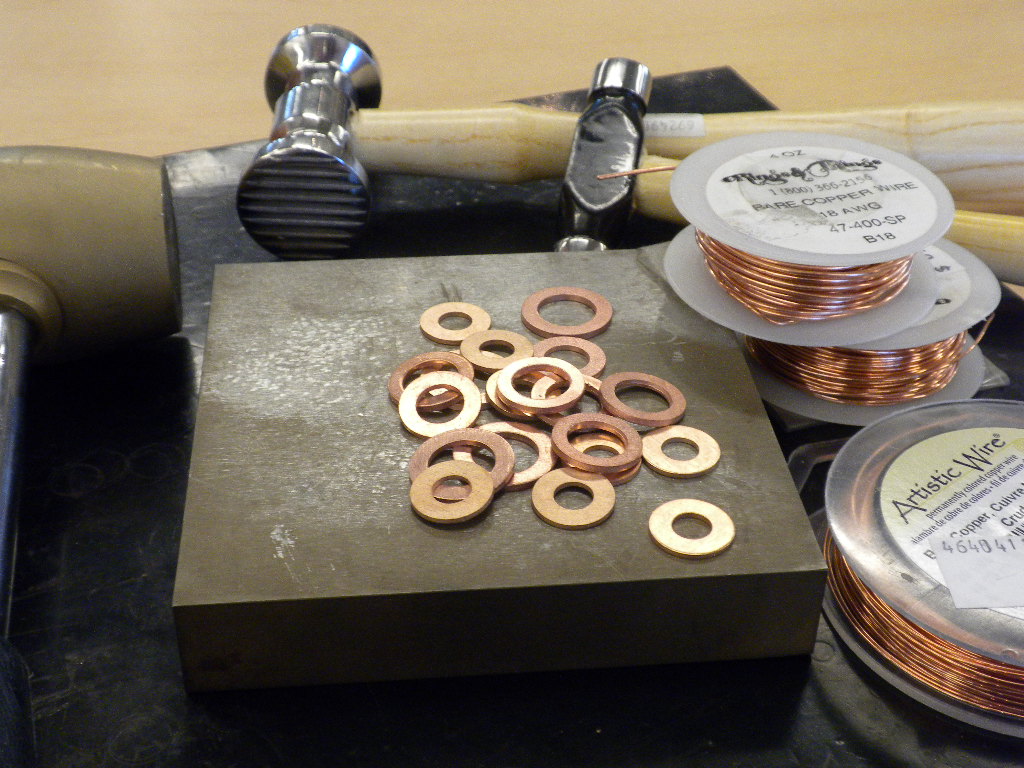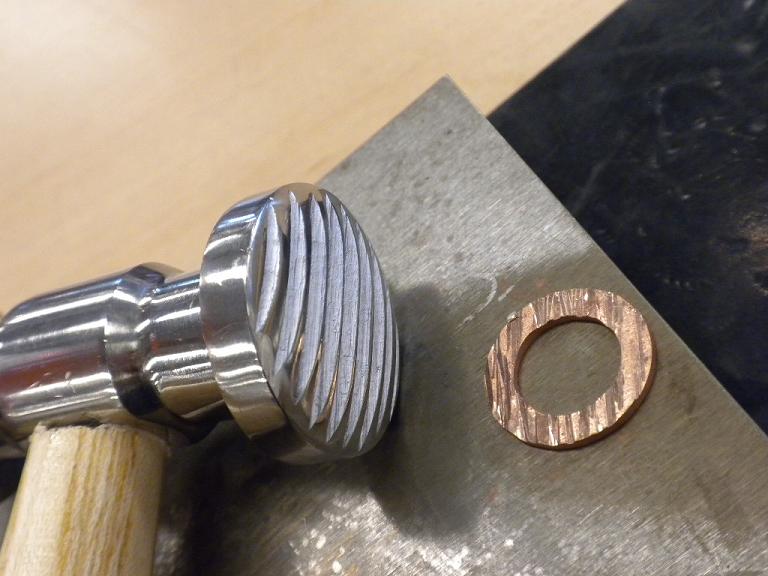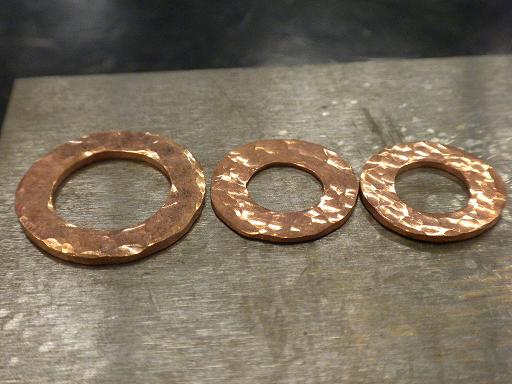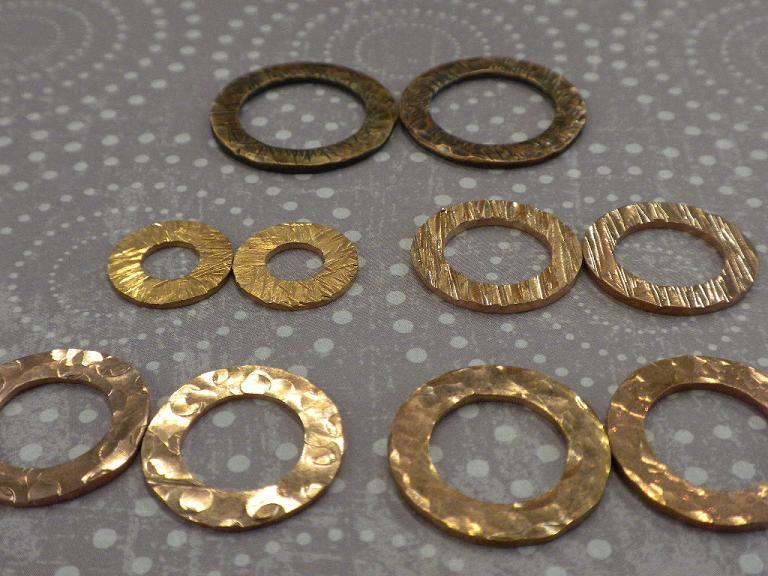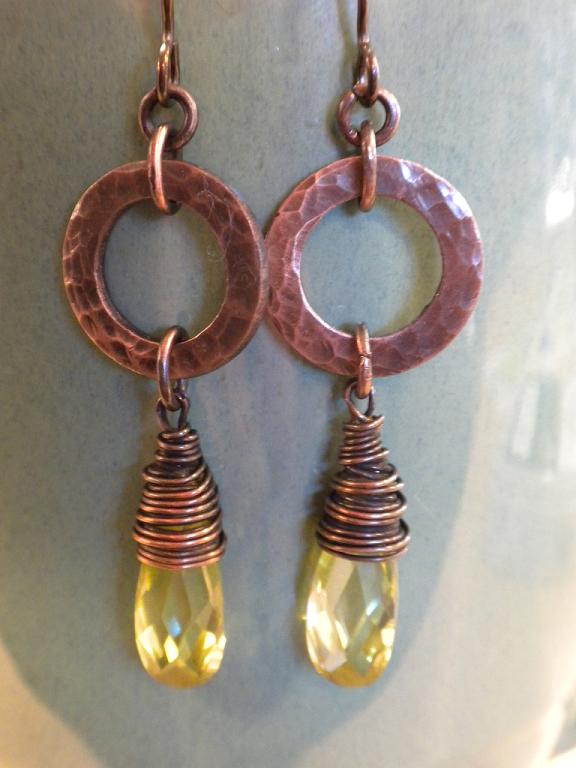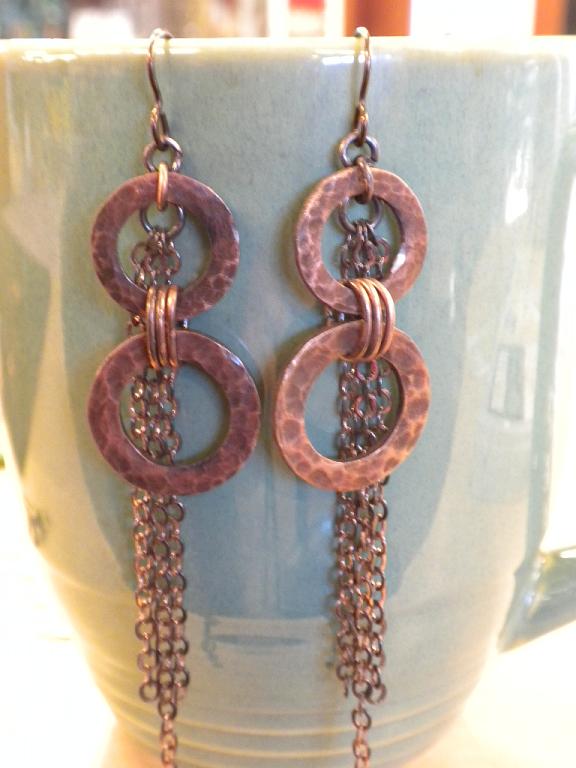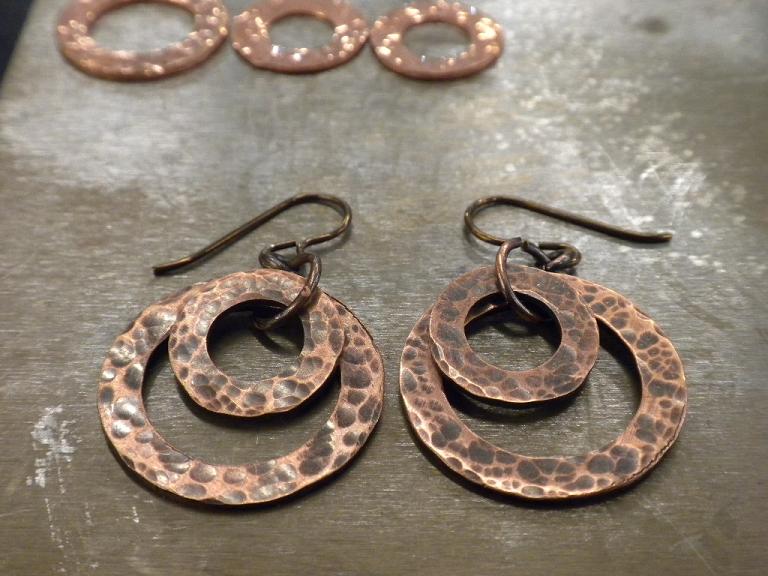We tested the new EnCapture Artisan Concrete Kit!
This “unique texture-rich medium for jewelry making” is designed for embedding treasures such as glass, gemstones, metal, buttons, wire and beads to create visual interest and contrast. Here are some tips for using it!
Mixing: We found the easiest way to mix the concrete was making a slurry (or thin paste) by putting a small amount of the base material in the mixing cup and adding the activator. To the slurry, mix in the base material and pigment incrementally until you have achieved the desired color and consistency.
Application: You can extend the life of your concrete while you are working by covering the mixing cup with a damp paper towel. We recommend you remove excess concrete from your embedded treasures as you work using a damp paper towel, cotton swab or toothpick. It is easier to remove when it is moist than after it starts to dry.
Hamsa Hand in Heart Mosaic Necklace – Tutorial
Finishing Touches: If you do not like large grains of sand from the concrete being visible in your design, you may be able to bury them by gently poking them down into the wet concrete with a toothpick.
- The kit
- Bezel Cups (for this concrete product, deeper bezels work better than shallow bezels)
- Resin & Jewelry Clay Tutorials

